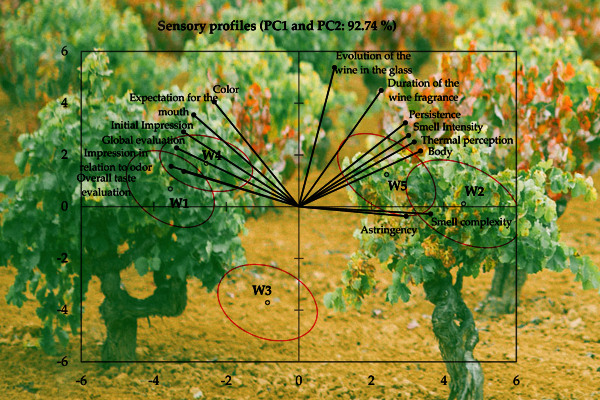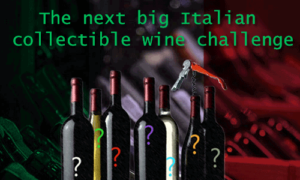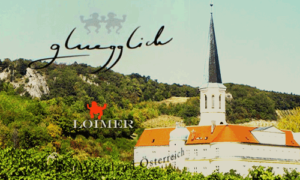What’s wine typicity? Some words about the character of wine from a certain place
What’s Typicity
In France, they call it ‘typicité’, in Italy ‘tipicità’ in English typicity. What is wine typicity and are we talking the same language?

In France, they call it ‘typicité’, in Italy ‘tipicità’ and, in English typicity. This often-used wine term is rooted in the tradition of acknowledging the characteristics of terroir and grape variety/varieties linked to a specified location. Typicity is associated with soil, climate, grape varieties, the history and the various know-how of a terroir. The term typicity reflects that terroir and the authenticity of a wine.

Wine typicity, a taste reference
The question of typicity arises prominently during approval tastings for appellation wines or during local competitions. The wines are then and there judged for their quality and their representativeness for the appellation. For this to work, a tasting reference for the appellation is necessary. Or in other words, one needs a common lexicon of agreed characteristics -aromas, flavours, structure, balance and ageing potential- with regard to blind tasting the wines of the appellation(s).
Tasters need to distinguish what is included or excluded
Is wine typicity more about recognizable grape varieties or the terroir or location? All this is very debatable: the quality, the representativeness, the reference, the taste and the classification. Though it also changes over time. In the past par example, tasters described Cabernet Sauvignon’s typicity often as herbaceous. Its herbaceous character served as a counterbalance to its fruity aromas and flavours. In a poor vintage, Cabernet Sauvignon’s herbaceousness would be more dominant, in a warm vintage the pronounced fruits. Nowadays, herbaceous notes are not in vogue anymore. Modern wines are more crafted towards over-extraction of fruit, with tight oaky tannins. These changes are partly caused by global warming and the trend to harvest increasingly at full phenolic ripeness.

Wine is a very easy product to alter
However, the problems posed by the geographical origin of wines, winemaking techniques, their year of production and typicity stand at the essence of authenticity. Wine is a very easy product to alter. It has a strong chemical basis and is made and available in most parts of the world. The authenticity of a wine is the question. It is all about if a wine is genuine, not false or copied, true to its nature as the result of grape growing and the winemaking techniques and beliefs in a certain area.
Other methods to guarantee the authenticity and typicity of wine
Until fairly recent, tasting by experts was literally the only way of verifying typicity and authenticity. Due to the decrease in the availability of experts and the subjectivity of the technique and tasting process, other methods developed to guarantee the authenticity of wine, often a mix of advanced mathematical tools and the latest analytical technology. One method, which gained in popularity in the wine world, is infrared spectroscopy (FT-IR) due to its simplicity and ability to provide a wine’s fingerprint. FT-IR has become a valuable tool, not only to analyse the wine, to detect and quantify key wine compounds but also to classify wines and monitor their fermentation or ageing process.

Typical or atypical?
Whatever method used to define or analyse typicity we’ll still have to ask ourselves whether the varietal typicity of a Riesling from Germany par example shows the same characteristics as a Riesling from Australia. Which of the two Rieslings reveals the true identity of the grape variety? In which climate or terroir Riesling can thrive better? Which of the two is most typical or atypical? After all, some high-quality wine producers prefer not to work within the boundaries of the appellation system. They find this system rather restrictive. Does this mean that their wines lack typicity? They may not be typical but nevertheless still show typicity of terroir and viticultural practices.
Don’t expect it to stay the same
The characteristics of a specific grape variety or varieties from a certain location are expressed to give a wine identity, although it also expresses the common values of a wine community. It simply means that a wine has a declared consensus of typicity and authenticity. Whatever it is, don’t expect it to stay the same. The perception of the taster is an ongoing debate, isn’t it?



